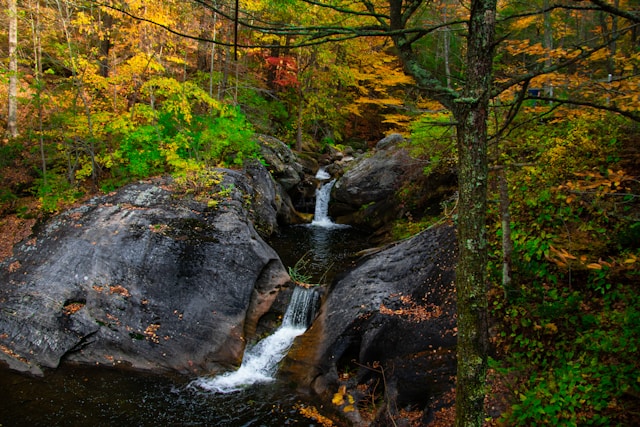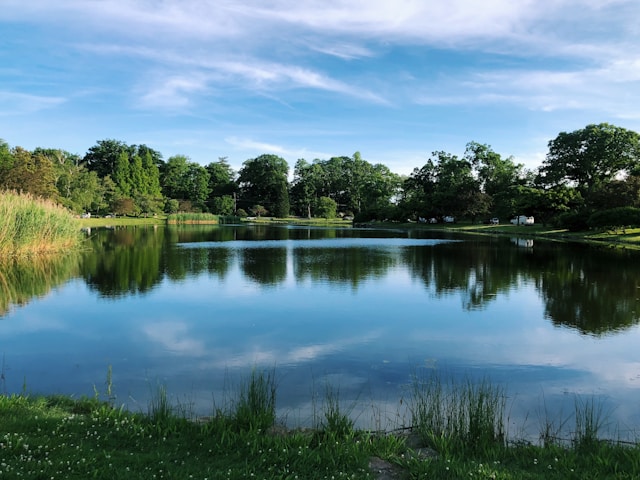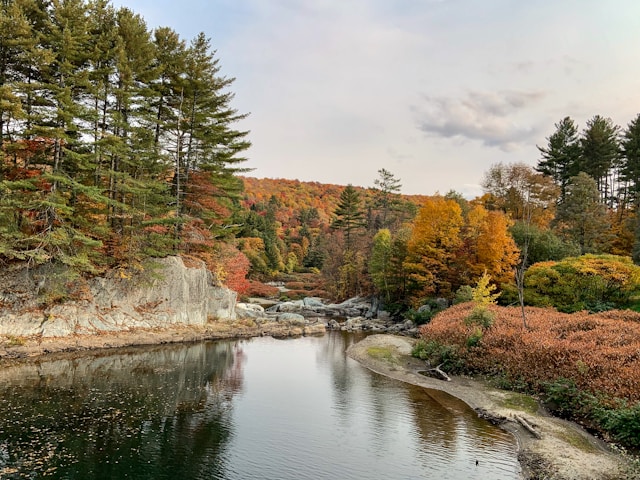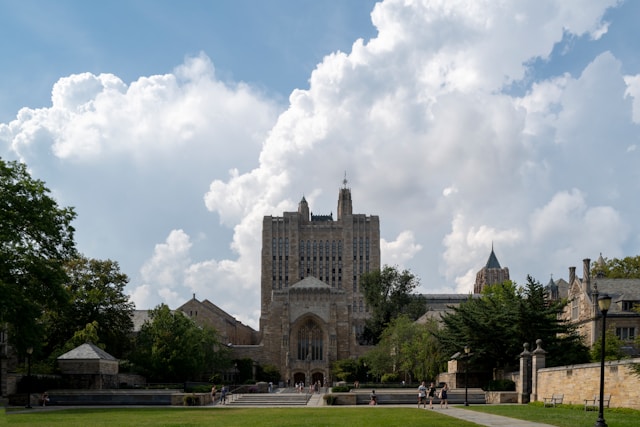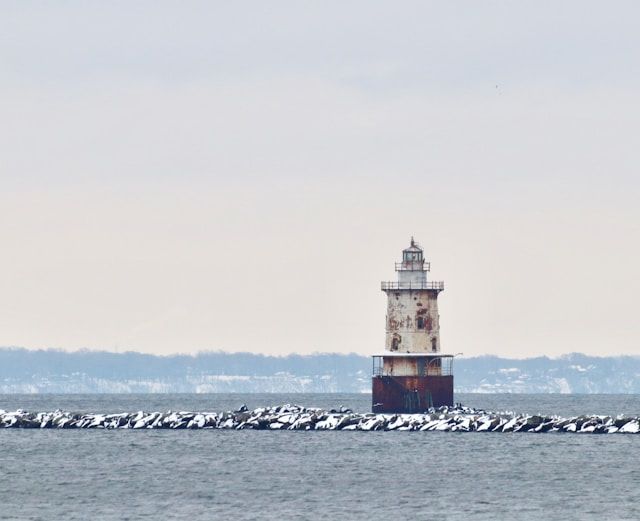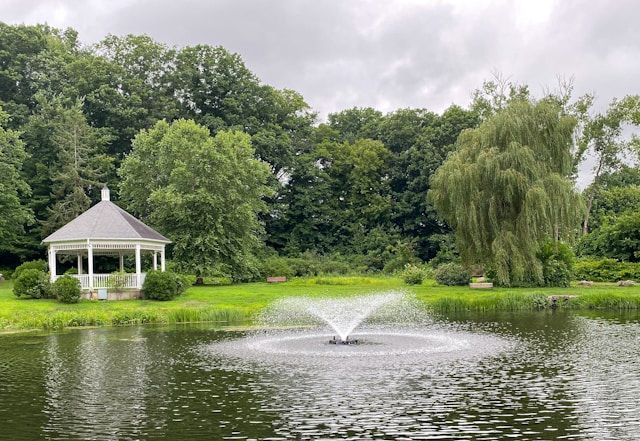Lake Housatonic is a beautiful 328-acre lake created by damming the Housatonic River in southwestern Connecticut. Stretching across Fairfield and New Haven counties, this long, narrow body of water offers a perfect retreat for nature lovers and outdoor enthusiasts. You’ll find excellent opportunities for boating, fishing, and other recreational activities at this scenic lake with a maximum depth of 26 feet.
The lake is open for public enjoyment from April through September, making it an ideal destination for spring and summer adventures. With its convenient location and natural beauty, Lake Housatonic has become a popular spot for both locals and visitors looking to experience Connecticut’s stunning waterways. Whether you’re planning a day trip or a longer stay, this charming lake promises a refreshing escape from everyday life.
Find available hotels and vacation homes instantly. No fees, best rates guaranteed!
Check Availability Now
Lake Housatonic
Lake Housatonic is a charming body of water located in Shelton, Connecticut. You’ll find this lake offers a peaceful retreat from the busy world around you. The lake was formed by the Housatonic Dam and stretches for several miles, creating a long, narrow waterway.
You can enjoy various activities at Lake Housatonic throughout the year. Fishing is popular here, with species like bass, trout, and catfish swimming in its waters. Boating enthusiasts also flock to the lake, whether for rowing, kayaking, or leisure cruises.
The scenery around Lake Housatonic changes beautifully with the seasons. In fall, you’ll witness spectacular colors reflecting off the water as the surrounding trees display their autumn foliage. During summer, the lake becomes a refreshing escape from the heat.
Wildlife watching is another reason to visit Lake Housatonic. You might spot great blue herons wading near the shoreline or hawks soaring overhead. The quiet coves provide habitat for many local animal species.
Rating: 3 (3 reviews)
Location: Shelton, CT
History of Lake Housatonic
Lake Housatonic has a fascinating history dating back to the late 19th century, transforming the Housatonic River into a valuable water resource for Connecticut. This man-made lake emerged from industrial needs but has evolved into an important recreational area.
Origins and Formation
Lake Housatonic was formed in 1870 when the Ousatonic Dam (now known as the Derby Dam) was completed between Derby and Shelton. This construction project transformed part of the natural Housatonic River into the lake you can enjoy today.
The lake’s creation was primarily industrial, designed to harness the river’s power for the growing manufacturing centers in the valley. When you visit, you’ll see it’s actually contained by two dams – the Derby Dam at the southern end and the Zoar Dam at the northern boundary.
The Housatonic River itself stretches approximately 149 miles through western Massachusetts and Connecticut before reaching this impoundment. The dam’s construction was a significant engineering achievement for its time.
Historical Significance
The lake quickly became integrated into local life after its formation. What began as an industrial power source gradually took on recreational importance for valley residents. You can still see evidence of this transition today.
The people of the Housatonic Valley have long worked to protect their river’s natural beauty and cultural heritage. Their initiative helped preserve the area you can now enjoy.
Lake Housatonic represents the relationship between Connecticut’s industrial past and its recreational present. Once powering factories and mills, the same waters now invite you to boat, fish, and relax along its shores.
The lake’s creation played a key role in the economic development of the region. When you visit, you’re experiencing a place that helped shape Connecticut’s growth for over 150 years.
Ecological Importance
Lake Housatonic offers a diverse freshwater ecosystem that supports a rich variety of plant and animal life. This natural resource provides important habitat for many species while also offering recreational opportunities.
Wildlife and Flora
Lake Housatonic is home to numerous fish species that support an important recreational fishery. Trout are particularly significant, as noted in studies of the Housatonic River. These fish attract anglers and contribute to the local economy through fishing tourism.
The lake’s shoreline and surrounding wetlands provide habitat for various bird species, mammals, and amphibians. These areas serve as critical nesting sites and food sources for wildlife throughout the seasons.
Unfortunately, invasive aquatic plants have become established in the lake, as documented by the Connecticut Agricultural Experiment Station’s Invasive Aquatic Plant Program in 2022. These invasive species have few natural enemies to control their growth, which presents ongoing challenges for maintaining the lake’s ecological balance.
Conservation Efforts
Several initiatives are underway to protect Lake Housatonic’s natural resources. Conservation organizations work to preserve the environmental and cultural values of the lake while promoting sustainable use of its water resources.
The Connecticut Environmental Review Team has conducted studies to evaluate the lake’s resource base and make recommendations for appropriate development. These efforts help guide decisions about how to protect the ecosystem while allowing for recreational use.
Management of invasive species is a key focus of conservation work on the lake. By controlling non-native plants and animals, experts hope to maintain the lake’s biodiversity and ecological health for future generations.
You’ll find educational programs along the shoreline that teach visitors about the importance of protecting this freshwater ecosystem. These programs encourage responsible recreation that minimizes impact on the lake’s delicate balance.
Find available hotels and vacation homes instantly. No fees, best rates guaranteed!
Check Availability Now


